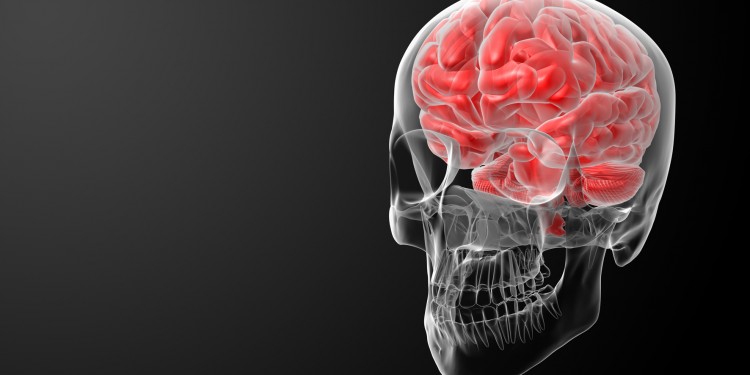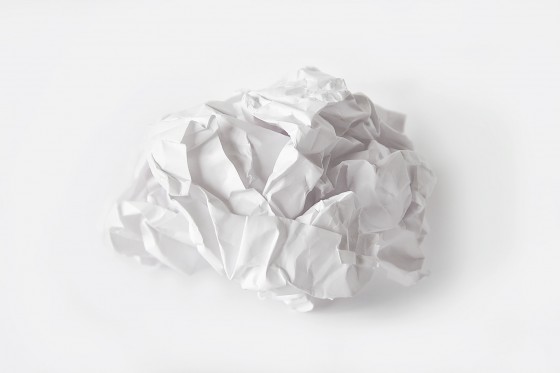
Why the brain is not folded like a crumpled sheet of paper
Crumpled paper and Romanesco cauliflower have one thing in common: they have a fractal form. "Scientists have long been discussing whether the curves of our cerebrum have a fractal form," explains Dr. Marc de Lussanet, a researcher at Münster University. Experts want to know how the brain folds are produced in order to understand the brain, its development and possible disorders. It is against this background that a study on folds in the brain, published in the "Science" journal in the summer of 2015, attracted attention in the media in

The Brazilian researchers’ mathematical model gives rise to a law which says that the folding of the cortex depends on the overall surface of the cortex and its thickness. Accordingly, say the Brazilians, the cerebral cortex in mammals folds by the same laws which apply when a sheet of paper is crumpled. Marc de Lussanet shows why this calculation is not right. The mathematical model can be reduced, he says, to a very much simpler, non-fractal form. This simpler formula actually describes the measuring data better than the Brazilian scientists’ mathematical model, he adds. In addition, an improved statistical evaluation reveals systematic faults in the model. As a result, says de Lussanet, the theory that states that the brain is folded like a ball of paper has to be rejected.
"Paradoxically this does not, however, mean that the brain does not have a fractal form," says de Lussanet, "because my calculations lead to new results which point to a cerebral cortex not resembling crumpled paper – but which clearly indicate a fractal structure." However, he adds, in order to solve the puzzle of the brain’s folds, further studies will now be necessary to test the predictions of the new model.
Fractals have a special form: one of their features is their similarity with themselves – the structures which the forms consist of repeat themselves in varying magnitudes in accordance with a fixed geometrical rule.
Dr. Marc de Lussanet studied biology and is a neuroscientist with one focus of his work on sport and kinesiology. He has been fascinated for a long time by a variety of research questions, for example by the coordination of sight and movement and the evolution and development of body shapes (evolutionary developmental biology, or "evo-devo"). He wrote the scientific response to the article in "Science" in his spare time. De Lussanet is in charge of the "OpenLab" movement laboratory at Münster University’s Institute of Sport Science. The biomechanical, physiological, neuronal and psychological basis of movement is investigated in this laboratory.
Original publications:
De Lussanet M. H. E. (2015): Comment on "Cortical folding scales universally with surface area and thickness, not number of neurons". Science 19 Feb 2016: Vol. 351, Issue 6275, pp. 825; DOI: 10.1126/science.aad0127
Mota B. und Herculano-Houzel S. (2015): Cortical folding scales universally with surface area and thickness, not number of neurons. Science Vol. 349 no. 6243 pp. 74-77; DOI: 10.1126/science.aaa9101
